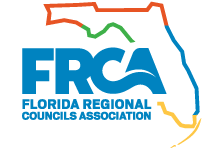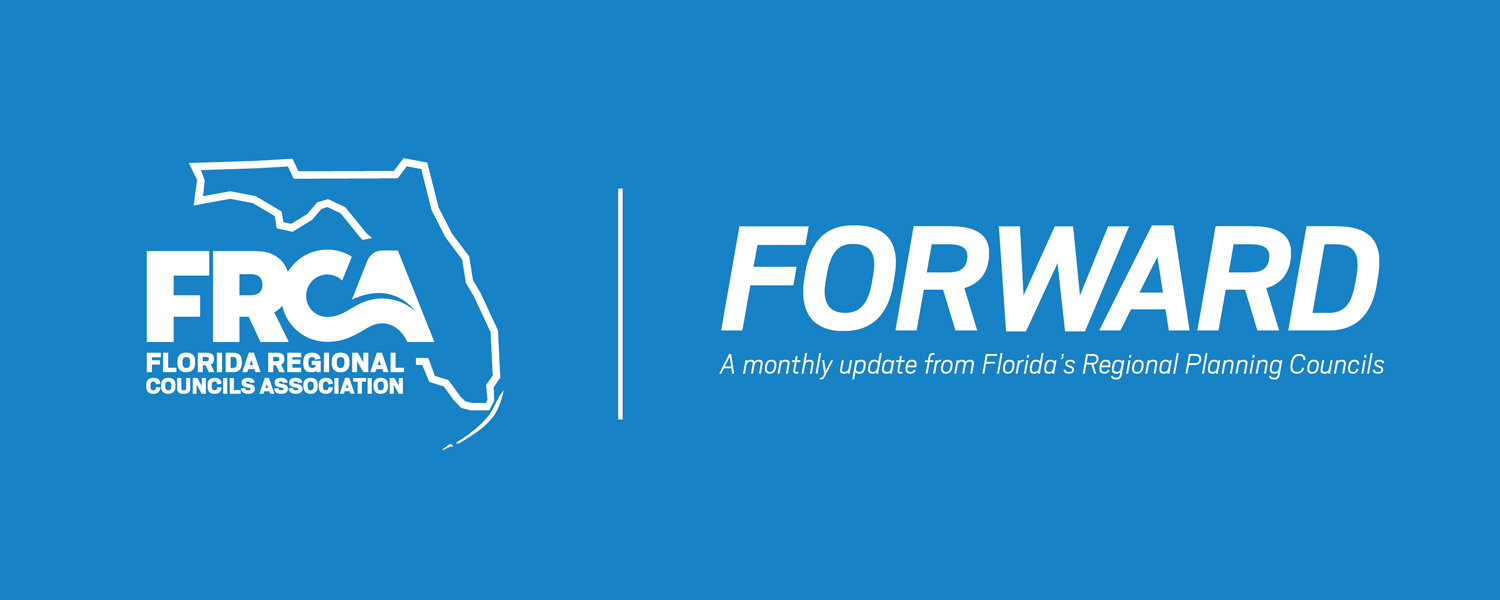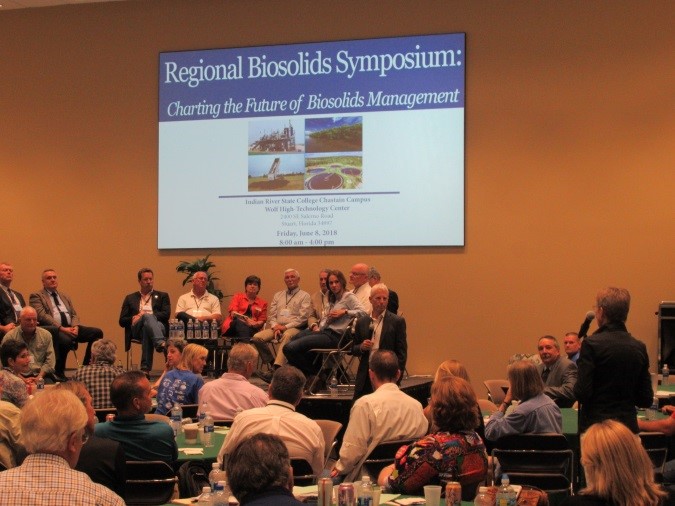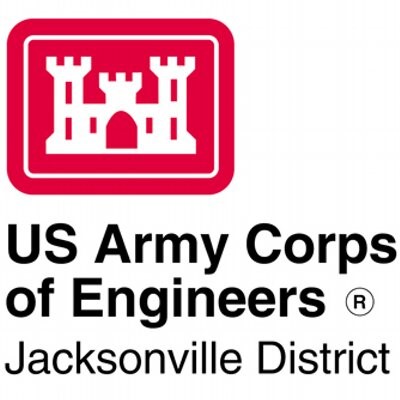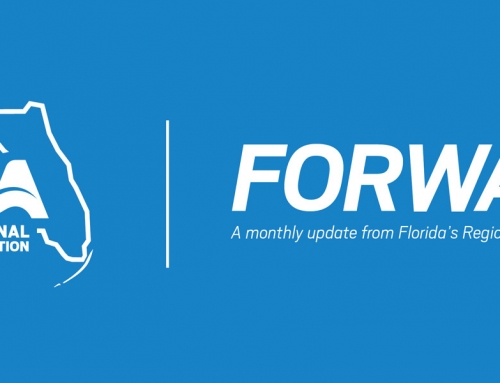Treasure Coast RPC Hosts Regional Biosolids Symposium
As the population of Florida continues to grow, communities, local elected officials and wastewater treatment engineers struggle with how to more effectively manage biosolids. One of the by-products of the wastewater treatment process, biosolids are the sludge left behind after initial processing. In Florida, biosolids are further treated and either land-applied as a soil amendment to improve agricultural productivity or disposed of in landfills. It is an important source of water, energy, nitrogen and phosphorous; all potential resources that some suggest could be managed more efficiently.
To better understand the current methods and alternative practices available, over 170 people attended the Regional Biosolids Symposium hosted by the Treasure Coast Regional Planning Council and the Indian River Lagoon National Estuaries Program. Held at the Indian River State College Chastain Campus in Stuart, Florida on June 8, 2018, the intent of the symposium was to educate attendees on:
- exactly what biosolids are and what they are composed of;
- the different types of biosolids and how they are processed;
- the quantity of biosolids being processed for disposal and reuse;
- where biosolids are disposed of in Florida; and
- the potential of current biosolid practices to impact surface and groundwater.
The event included presentations by wastewater utility representatives from Palm Beach, Martin, St. Lucie, and Indian counties, the Florida Department of Environmental Protection, and subject matter experts and scientists from around the country. There are currently several alternative methods for the management of biosolids and attendees were given a look into the future through presentations of several different concepts. The alternative methodologies allow for improved resource recovery and sustainable management and include:
- a process that converts the biosolids into electricity and fresh distilled water;
- a form of crystalized carbon called “biochar” that can be used as a supplement to provide soil structure that helps retain key nutrients and water; and,
- a water oxidation process that is capable of treating fecal waste of 1,000 people per day in a compact unit.
Although each process is different, all three processes were shown to recover useful byproducts from human biosolids and capture its stored energy, water, and nutrients.
During the final roundtable panel of summit participants and elected officials, public comment centered on how to prioritize the review of existing alternatives and what is required to fund Pilot Projects that will eventually reduce negative nutrient impacts to surface waters. During the symposium, the Florida Department of Environmental Protection announced that it is creating a statewide Biosolids Technical Advisory Committee to evaluate current management practices and potential opportunities for enhancements to better protect Florida’s water resources.
The video/audio proceedings and PowerPoint presentations from the symposium may be found at: www.tcrpc.org/announcements/Biosolids/Summit.html.
_____________________________________________________________________________________________________________________________________
East Central Florida RPC Staff Reflects on the Health Leader’s Network Program
By Luis Nieves-Ruiz
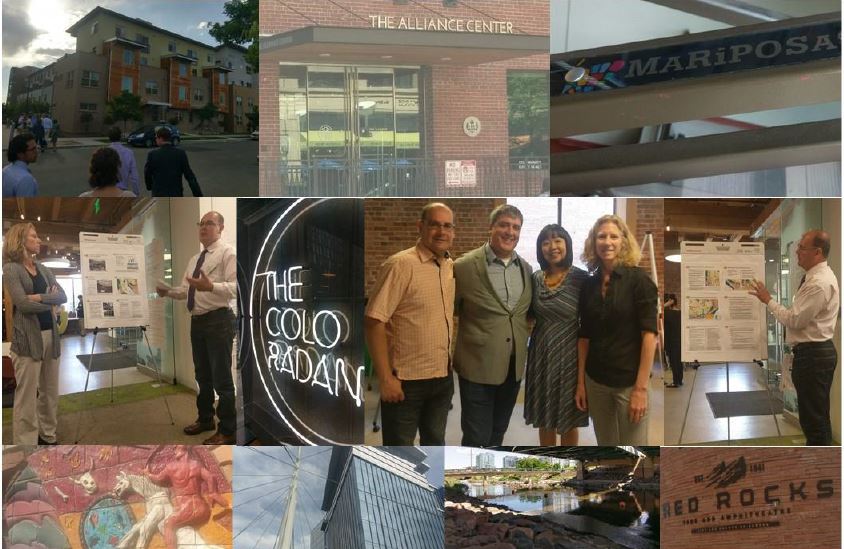 Last year, I was the selected to the first cohort of the Urban Land Institute’s Health Leaders Network (HLN) program along with 31 other land use professionals from across the nation. The goal of this new program was to provide participants with the skills, knowledge, and networks to improve health outcomes in their professional practice and communities. Throughout the life of the program, I had the opportunity to participate in two professional forums in Los Angeles and Denver, six webinars, as well as individual and group assignments. As part of the program, I was provided an opportunity to develop a plan to integrate health uses into Seattle’s troubled Interbay neighborhood.
Last year, I was the selected to the first cohort of the Urban Land Institute’s Health Leaders Network (HLN) program along with 31 other land use professionals from across the nation. The goal of this new program was to provide participants with the skills, knowledge, and networks to improve health outcomes in their professional practice and communities. Throughout the life of the program, I had the opportunity to participate in two professional forums in Los Angeles and Denver, six webinars, as well as individual and group assignments. As part of the program, I was provided an opportunity to develop a plan to integrate health uses into Seattle’s troubled Interbay neighborhood.
One of the most enriching parts of the program was meeting real estate developers, planners, architects, engineers, financiers, and health care professionals from all over the country. As a planner/economic developer in the public sector, my work has mostly focused on addressing regulatory barriers that impede health and food systems planning. I was very excited to learn that the real estate industry has taken a leadership role in addressing these issues by developing a series of tools that seek to improve community health outcomes. Moreover, it was also enlightening to experience the different perspectives other cohort members used to address health inequities in the Interbay area. To me, this stressed that there could be several valid approaches to addressing health issues. Through this program I had the opportunity to discuss these issues with a physician and hospital executive, which broadened my understanding of how different professions evaluate health outcomes. Finally, while the relationship between public planners and developers is often portrayed as adversarial, it was refreshing to see that these professionals had a genuine interest in promoting equity and improving public health.
To continue improving health within the community, land use professionals should seek opportunities to collaborate with their local public health departments and similar stakeholders. The East Central Florida RPC will continue coordinating the region’s Integrating Health in Planning initiative. This group is mainly comprised of planners and public health officials seeking strategies to improve health within the community. In addition to participating in this initiative, the East Central Florida RPC has been the asked to lead the Quality of Life Committee for Orange County’s Community Health Improvement Plan. The knowledge and skills gained from the HLN will help me to better lead both of these programs and become a better community health advocate.
_____________________________________________________________________________________________________________________________________
Tampa Bay RPC Hosts U.S. Army Corps of Engineers Workshop
On June 19th the Jacksonville District of the U.S. Army Corps of Engineers, Tampa Permits Section, hosted a 2018 Regulatory Permitting Workshop at the Tampa Bay RPC. Topics discussed included:
- Federal Permitting Process;
- Updates on ESA/EFH Guidelines and Compensatory Mitigation;
- Supplement Refresh and Data Sheet Review; and,
- Problematic Wetland Delineations.
The training was well attended with more than 100 trainees. The Tampa Bay RPC continues to work with and support its federal partners.
_____________________________________________________________________________________________________________________________________

